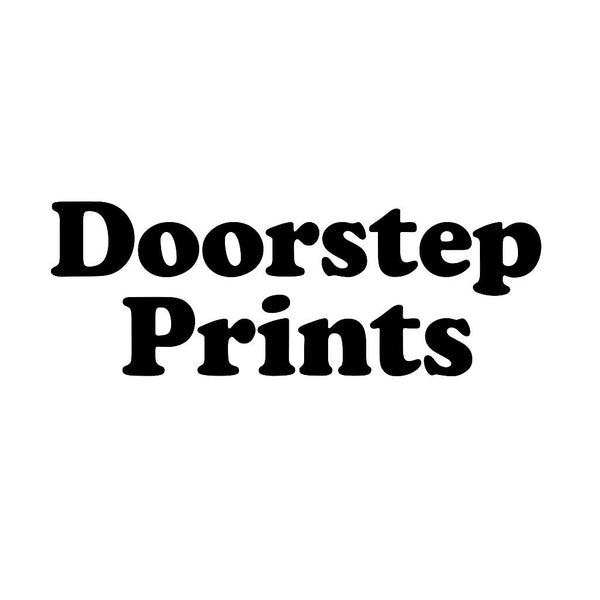🎯 Why Proper Artwork Prep Matters
You’ve spent time perfecting your design — the colours pop, the layout is clean, and everything looks great on screen. But when the print arrives? The edges are cut off. The colours look dull. The logo is blurry. Sound familiar?
This is one of the most common (and preventable) frustrations in printing.
Whether you're printing stickers, foam boards, banners, or business cards, how your artwork is prepared directly affects how professional the final product looks. In fact, over 80% of delays and reprints in the print industry are caused by artwork issues — not production errors.
Here’s what poor prep can lead to:
❌ Wrong colour mode: prints appear darker or more muted than expected
❌ Low-resolution files: blurry logos, pixelated text, or grainy photos
❌ Unsupported file types: slows down processing or requires back-and-forth corrections
At Doorstep Prints, we do our best to check and flag issues early. But with tight turnaround times (especially for next-day printing), we rely on well-prepped artwork to print swiftly and accurately.
💡 Pro tip: A few extra minutes double-checking your file can save you hours — or even days — in delivery delays and reprints.
In the next sections, we’ll walk you through everything you need to know about CMYK, file formats, and resolution — so your artwork comes out exactly as intended, the first time.
🌈 CMYK vs RGB: Colour Modes Explained
CMYK (Cyan, Magenta, Yellow, Black) = used for print
RGB (Red, Green, Blue) = used for screens
💡 Tip: Always convert your artwork to CMYK before exporting for print.
🌈 Why RGB Colours Look Different in Print
Most digital artwork is designed in RGB mode — which stands for Red, Green, Blue. This is the colour system used by screens like your laptop, phone, or tablet. RGB is vibrant, luminous, and ideal for digital use.
But here's the catch: Printers don’t use RGB.
Professional printing machines operate in CMYK mode — Cyan, Magenta, Yellow, and Black. This is a subtractive colour process, meaning it reflects light off the page rather than emitting it like a screen. As a result, CMYK has a more limited colour gamut than RGB.
What does this mean for your design?
If your file is created in RGB and sent straight to print:
Bright neon hues may appear muted or faded
Rich purples and oranges may shift to duller tones
Overall vibrancy may lose intensity, especially on matte surfaces
🎨 Example: A bright electric blue on screen may turn out as a muted royal blue when printed in CMYK.
✅ Solution:
Always convert your artwork to CMYK before exporting to PDF. This way, what you see on screen will more closely match what you get in print — avoiding surprises and ensuring colour accuracy.
📁 File Types: What to Submit (and What to Avoid)
| File Type | Usage | Print Compatibility | Notes |
|---|---|---|---|
| Universal print format | ✅ Preferred | Preserves layout, fonts, bleed, and crop marks | |
| AI / EPS | Vector-based artwork | ✅ Preferred | Fonts should be outlined; embed linked images |
| JPG | Photos or flat artwork | ⚠️ Acceptable | Must be high resolution (300 DPI) and actual size |
| PNG | Web graphics with transparency | ⚠️ Acceptable | Not ideal for print; only use if high-res |
| TIFF | High-quality images | ✅ Preferred | Large file size, but lossless and sharp |
| DOC / PPT | Word or PowerPoint files | ❌ Not Recommended | Layouts/fonts may shift or print incorrectly |
| Screenshots (.webp, .gif, etc.) | Web capture or low-res images | ❌ Not Recommended | Often pixelated, not suitable for professional printing |
📐 Resolution and Dimensions
Always set artwork to 300 DPI for crisp output
Design at actual size or scale proportionally
Watch out for pixelation when enlarging low-res files
📥 Submitting Files to Doorstep Prints
Guide on how to upload:
-
Final check for CMYK, resolution
-
You'll be prompted to upload your artwork via email once you've placed your order
-
We’ll do a preflight check and alert if anything’s off
Need help? Our team is just an email away at cs@doorstepprints.com.sg or simply whatsapp us at +65 8093 3050
